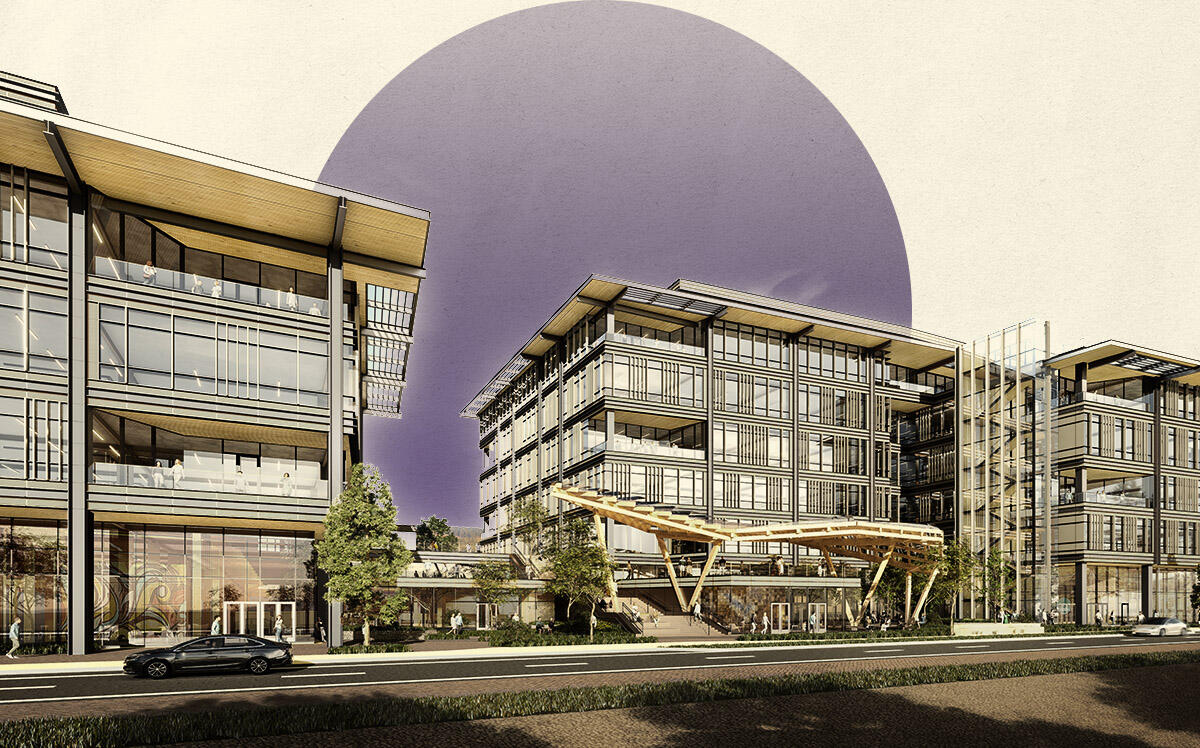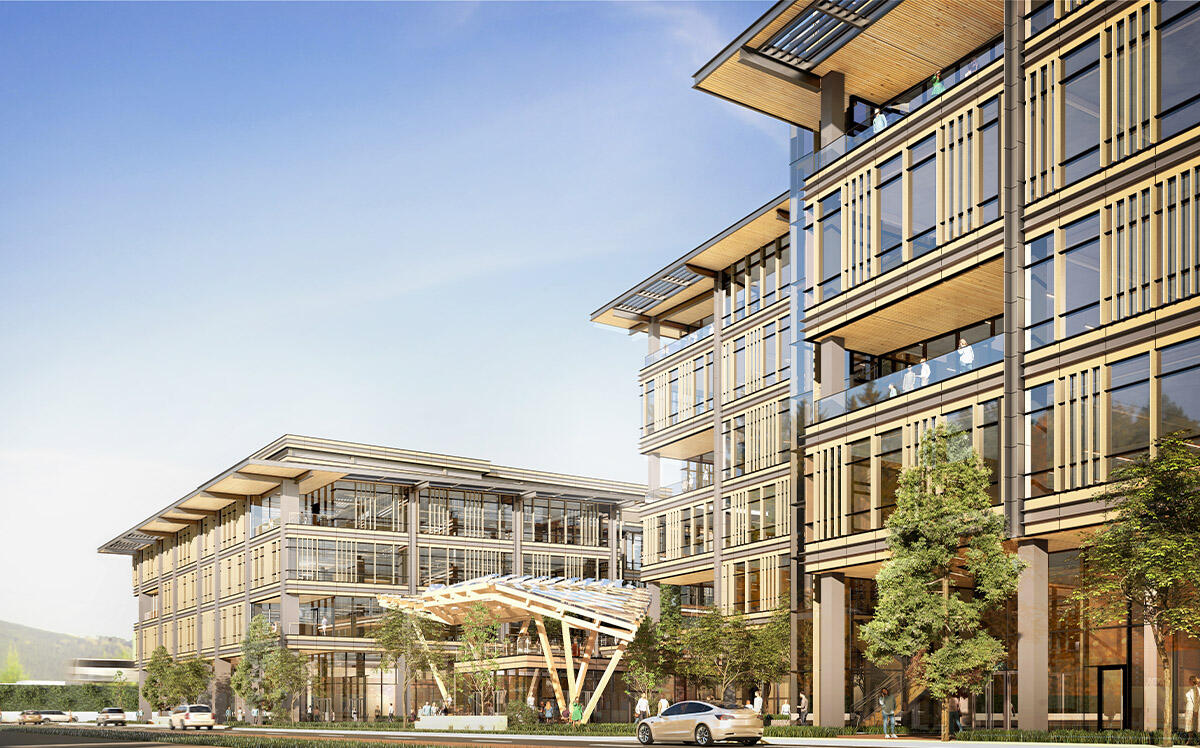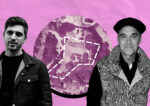 Prince Street, Premia Capital get approval on 190K sf life science project in San Carlos
Prince Street, Premia Capital get approval on 190K sf life science project in San Carlos
Trending
Minkoff pitches life science campus in San Carlos
Developer seeks rezoning to pack 335K sf of office and lab space on 3.4 acres

The Minkoff Group seeks to turn the site of a concrete plant and a handful of adjacent industrial buildings in San Carlos into a life science campus, a project that illustrates the developer’s bullishness on a sector having one of its tougher years in recent memory.
Oakland-based Minkoff has applied to demolish 3.4 acres at the corner of Bransten and Old County roads on the city’s east side and construct two buildings containing 335,100 square feet of office and lab space. The proposed campus would sit on a one-story parking podium, with one building rising six stories and the other rising four floors. The shorter structure has about 101,000 square feet of life science space atop the podium level, while the adjacent one has nearly 194,000 square feet of offices and labs.
Many of the project’s 813 parking spaces for vehicles and motorcycles are located two floors underground, according to Minkoff’s plans.
The developer didn’t respond to requests for comment. It hired DES Architects + Engineers as the project’s lead architect and Pickard Chilton to consult on the design.
Minkoff filed its proposal — dated July 15, according to the city’s website — just a few months after spending $33 million to acquire the larger of the two parcels that make up the project site. The smaller parcel is under separate ownership, title service records show.
The firm requests that the city combine the two lots and establish a planned development district for the property to rezone it from heavy industrial. The planned development provision gives developers with project sites of at least 2 acres more flexibility on their proposals’ sizes and heights in exchange for better design and more community benefits.
The Sobrato Organization made the same request as Minkoff when it applied last year to demolish about 3 acres immediately south of the latter’s project and construct a 325,000-square-foot life science campus. Sobrato’s plans are under city review.

(Pickard Chilton)
Minkoff’s proposed floor-area ratio — the amount of developable square footage in proportion to a site’s land area — is nearly three times what’s allowed under existing zoning guidelines. The city may grant the firm its desired ratio by adopting a planned development district, which requires the City Council’s approval.
That Minkoff is willing to go through the rezoning process so it could potentially build a larger project speaks to the firm’s outlook on the Bay Area’s life science sector. After seeing record levels of private investment and venture capital funding dedicated to life science last year, the region has been hit with an industry-wide funding crunch that has softened tenant demand across the U.S., brokerage JLL wrote in a report last month.
Demand has declined by 33 percent, or 7.2 million square feet, across the country’s five largest life science markets year-over-year. Those markets include the No. 2-ranked Bay Area, JLL data show. It will likely stay well below mid-2021 levels in the near term until venture funding rebounds and the rate of new initial public and secondary offerings increases, the brokerage’s report said.
However, the sector’s long-term potential remains unchanged since last year, according to JLL. And once the region’s life science funding levels start bouncing back, San Carlos — and its east side in particular — could reap the benefits.
When the city approved a framework guiding future development in its so-called East Side Innovation District last year, it was already reviewing plans for seven different life science projects there. Minkoff’s proposal adds to the 150-acre district’s momentum. It’s another reason to believe that multi-story life science projects will eventually replace the area’s single-story industrial character.
Read more
 Prince Street, Premia Capital get approval on 190K sf life science project in San Carlos
Prince Street, Premia Capital get approval on 190K sf life science project in San Carlos




